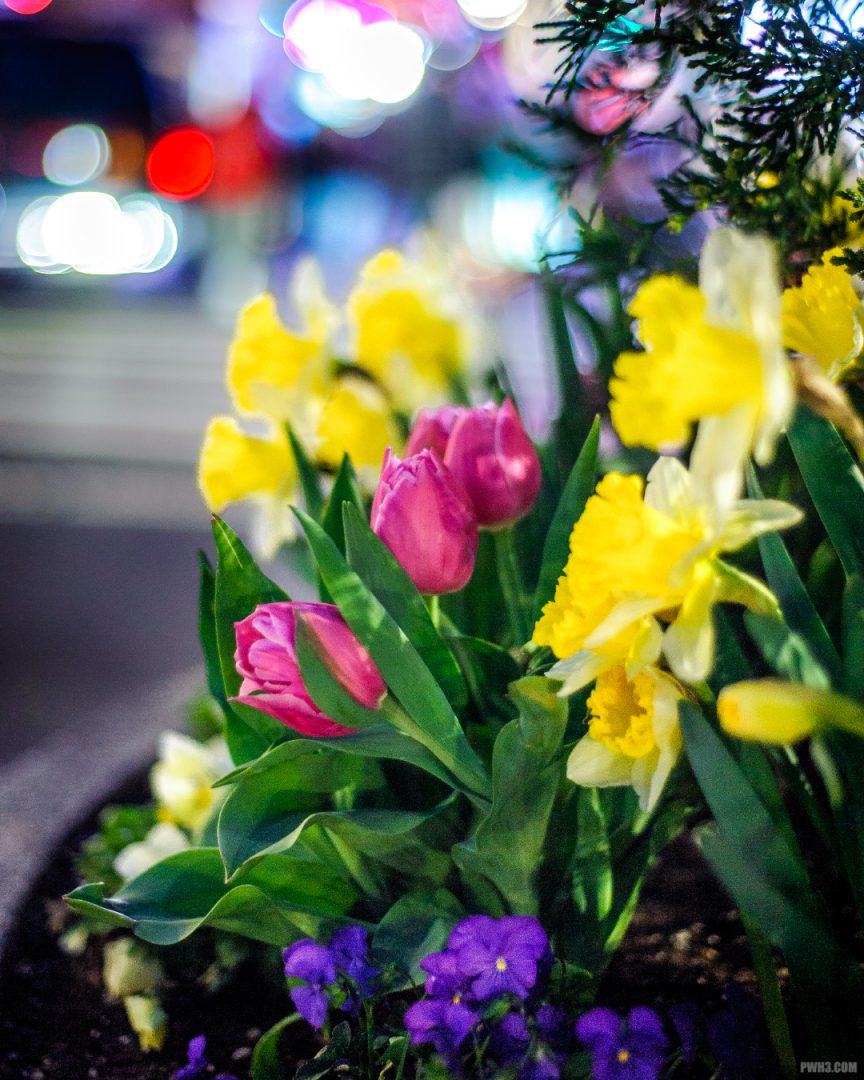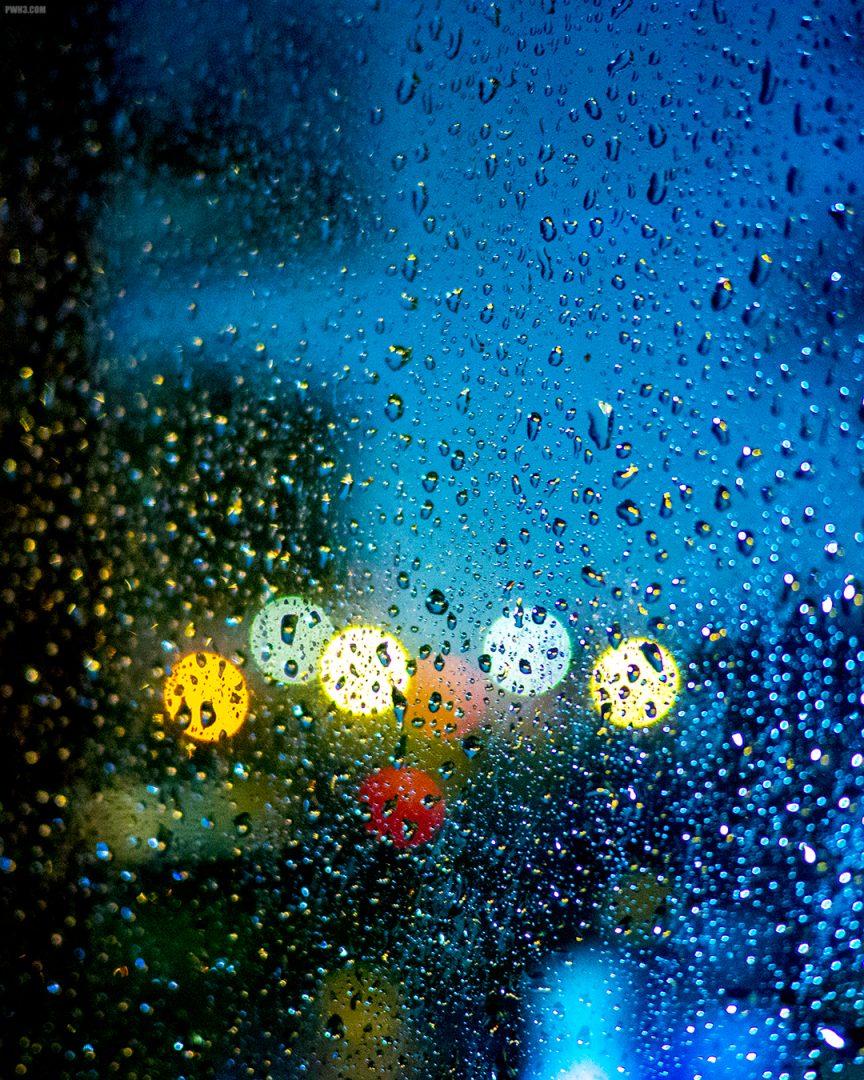Let’s cut to the chase – you wanted a “real camera” (which for most people means a DSLR) because you wanted to take photos with a blurry background. You were tired of your cell phone images where everything was flat and in focus, and you wanted to produce gorgeous images where your subject was sharp but the background was blurred.
You might have heard the term “bokeh” used alongside images with a blurred background. On Instagram, photos with a blurred background often have tags such as #bokeh or #bokehlicious on them.
But what exactly does “bokeh” mean?

First things first – a few definitions. The correct photographic term for a blurred background is shallow depth-of-field. As I touched on in a previous article, you can best achieve a shallow depth-of-field by using a fast lens – a lens that opens to a wide aperture.
Aperture is designated by f-stops. When you look at the lens on your camera, it will have an f-number on it that says something like f3.5. The lower the f-stop number, the shallower the depth-of-field will be. And the shallower the depth-of-field, the blurrier you can get the background.
A lens that has an f-number of f1.8 will give you a shallower depth-of-field (a much blurrier background) than an f3.5 lens, since 1.8 is a lower number than 3.5. Keep this in mind throughout your photographic journey – lower numbers are almost always better, for lots of things.
Shallow Depth-of-Field and Bokeh are Two Different Things
Shallow depth-of-field is not the same as bokeh. Bokeh simply refers to the quality or look of the blurred background. Not all bokeh is created equal. The quality of the blur depends fully on the lens.

Some lenses produce good bokeh, which is smooth and pleasing to the eye. Others produce bad or harsh bokeh, which is jarring and off-putting. Some photographers may think that cheaper lenses always produce bad bokeh, but that’s not always true. Some cheap lenses produce very good bokeh. An example of one is the Nikon 35mm f1.8 DX which is inexpensive yet renders nicely.
Another factor in what makes pleasing bokeh is how the out-of-focus light sources are rendered. Any points of light in the background will be turned into circles (or as some photographers say, “bokeh balls”). Very good lenses will give you perfect, solid circles. Some lenses are designed to give elliptical or “cat’s eye” bokeh balls. Some people like that, some don’t.

More than likely, using a fixed-focus or prime lens instead of a zoom lens will give you better bokeh. Prime lenses typically have much lower f-numbers than zoom lenses. And with prime lenses, the quality of the bokeh is often taken into consideration in the design of the lens. Lens designers strive to deliver pleasing bokeh since it’s very important to a lot of photographers.
I hope this article has given you a good understanding of both bokeh and the concept of shallow depth-of-field. If you have any questions let me know in the comments, and remember to follow me on Instagram.

